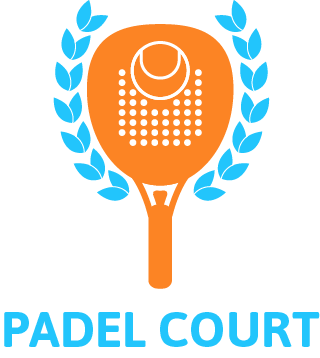The Evolution of Padel: From Spanish Origins to Global Phenomenon
Padel, a racquet sport that combines elements of tennis and squash, has been capturing the hearts of millions worldwide. With its unique blend of strategy, skill, and sociability, it's no wonder this sport has gained such popularity. But where did it all begin? Let's embark on a journey through the fascinating history of padel.
Origins in Mexico
The roots of padel can be traced back to Mexico in the 1960s. Enrique Corcuera, a wealthy Mexican businessman, is credited with creating the first padel court in Acapulco. Corcuera envisioned a sport that would be accessible to players of all ages and skill levels, and padel was born.
The Spanish Connection
Although padel found its beginnings in Mexico, it truly blossomed on the shores of Spain. In the 1970s, the sport was introduced to Spain by a wealthy diplomat named Alfonso de Hohenlohe. He built the first padel court in Marbella, a luxurious resort town on the Costa del Sol.
Spain quickly embraced padel, and its popularity soared. The sport's accessibility, requiring less space and equipment than tennis, made it an attractive option for many. Padel clubs began to spring up across the country, and the game became an integral part of Spanish culture.
Padel Spreads Globally
As the sport gained traction in Spain, it started to attract attention internationally. Padel enthusiasts began introducing the game to other countries, and it wasn't long before padel courts were appearing worldwide.
Today, padel is played in over 30 countries, with a particularly strong following in Europe and Latin America. It's not only a recreational pastime but has also become a competitive sport with a growing number of professional players.
The Unique Appeal of Padel
What sets padel apart from other racquet sports? There are several key factors that contribute to its popularity:
1. Social Aspect
Padel is renowned for its sociable nature. The game is typically played in doubles, which encourages teamwork, communication, and camaraderie among players. It's an excellent way to bond with friends and make new connections.
2. Accessibility
One of the most significant draws of padel is its accessibility. Unlike tennis, which requires a larger court and more equipment, padel can be played in a relatively small space. This makes it easier for communities to establish courts and for players to find places to play.
3. Physical Demands
Padel combines elements of power, agility, and precision. It requires players to be nimble on their feet, have quick reflexes, and possess good hand-eye coordination. It's a sport that offers a full-body workout while still being enjoyable for players of various fitness levels.
4. Strategy and Skill
While padel may seem straightforward at first glance, it involves a considerable amount of strategy. Players must anticipate their opponents' moves, communicate effectively with their partner, and make split-second decisions about when to attack or defend.
The Future of Padel
As we look to the future, it's clear that padel's popularity is set to continue its upward trajectory. With a growing number of enthusiasts, a burgeoning professional circuit, and increasing investment in infrastructure, padel is poised to become a staple in the world of racquet sports.
In conclusion, the history of padel is a testament to the power of innovation and the ability of a sport to capture the hearts of people across the globe. From its humble beginnings in Mexico to its status as a global phenomenon, padel's journey is nothing short of remarkable. Whether you're a seasoned player or a curious newcomer, there's no denying the infectious charm of this dynamic and inclusive sport. So, grab a racket, find a partner, and step onto the padel court—it's time to be a part of the next chapter in the history of padel, so order your equipment now at Padel-Court.eu!

